Do I need waterproof hiking shoes?
Do I need waterproof hiking shoes? We examine the pros and cons and discuss when they’re a good idea for your wet adventures
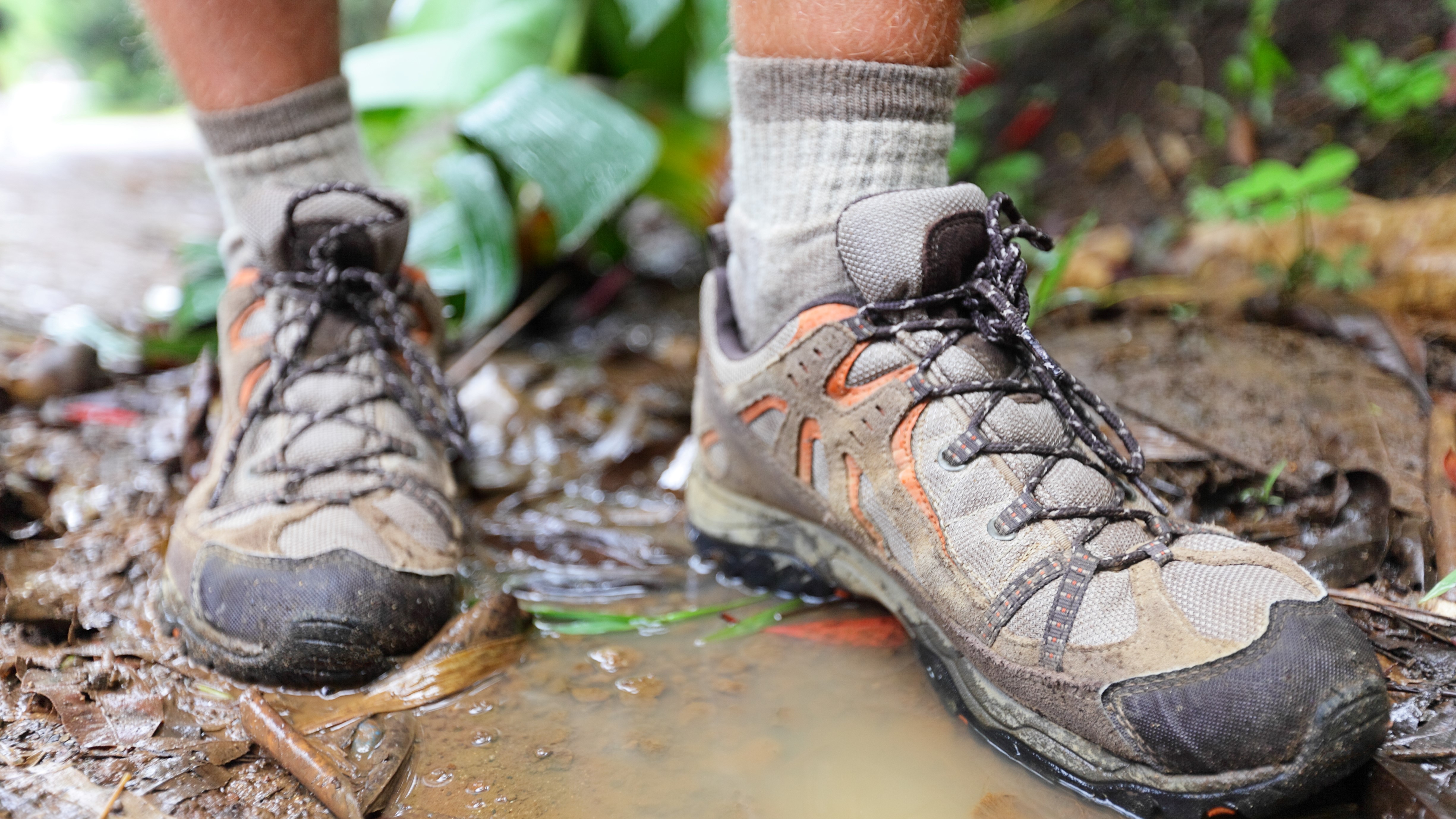
For the 11 or so years I lived and hiked in the Rocky Mountains of Colorado, I did all my adventuring wearing trail running shoes. They’re light, comfortable, grippy and of course I never had to worry about wet weather there, so I took them up many a 14er as well as all over the best hikes near Vail and many National Parks.
In 2020 I moved home to Scotland, where I soon discovered my old trail running shoes were of virtually no use at all. Even a summer’s day hike during an unseasonably dry week involves at least one moment of sinking ankle-deep into a bog then pulling my foot back out with a loud sucking noise. I spent most of early hikes squelching my way along the trail miserably with sopping wet feet and my socks rubbing my poor feet. I pretty quickly learned that in this climate, I’m best off with waterproof hiking shoes for much of year. But should we all convert to waterproof hiking shoes, or is only those of us that live in Scotland? We help you find the answer to this common hiking question.
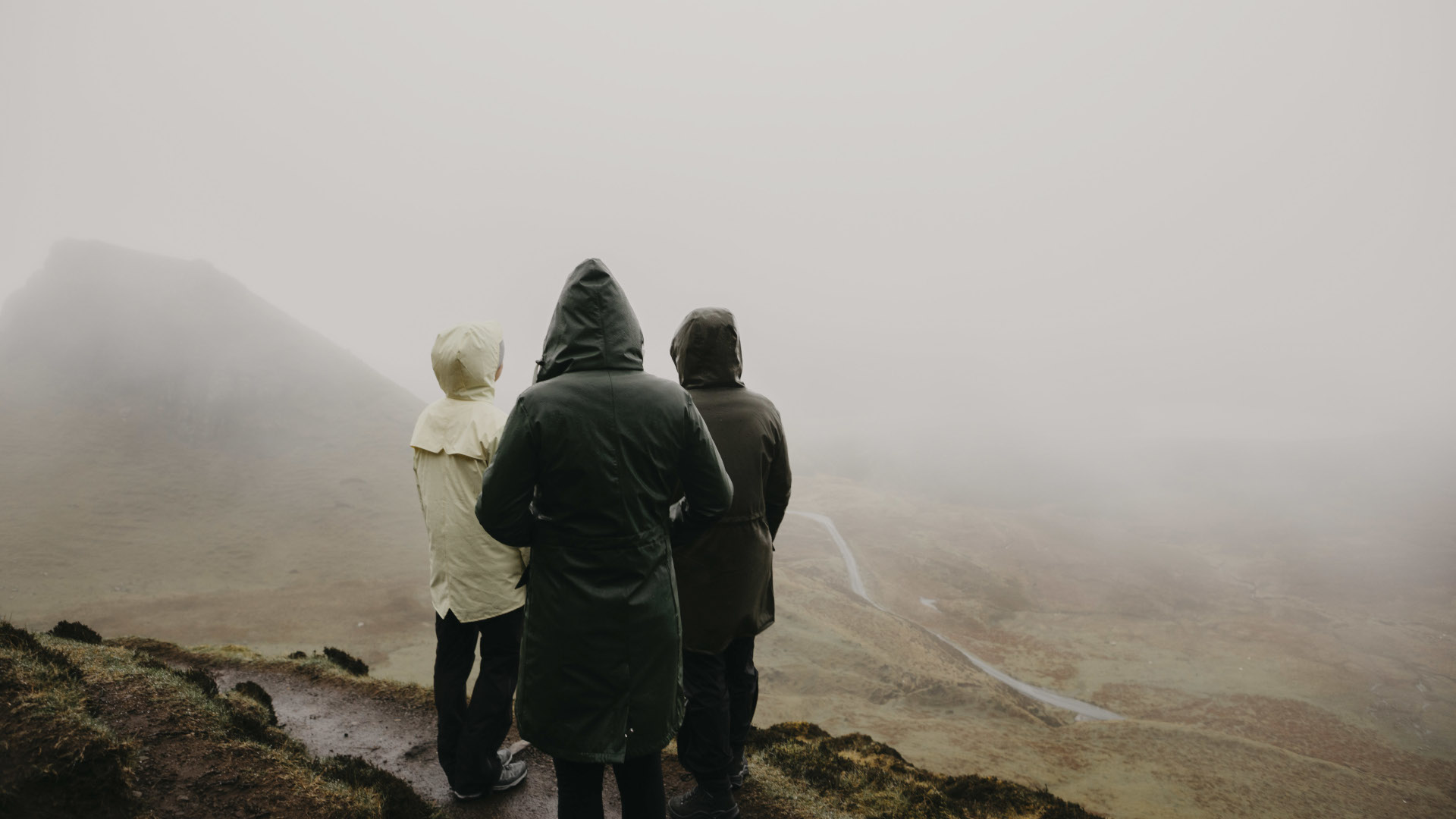
What are waterproof hiking shoes?
Waterproof hiking shoes have a waterproof membrane underneath their outer shell. The lining may be made from Gore-Tex or a Gore-Tex alternative and some footwear brands manufacture their own membrane for exclusive use in their shoes. In addition to the membrane, waterproof hiking shoes will likely be treated with DWR coating on the outer. This wears off with use but can be reapplied.
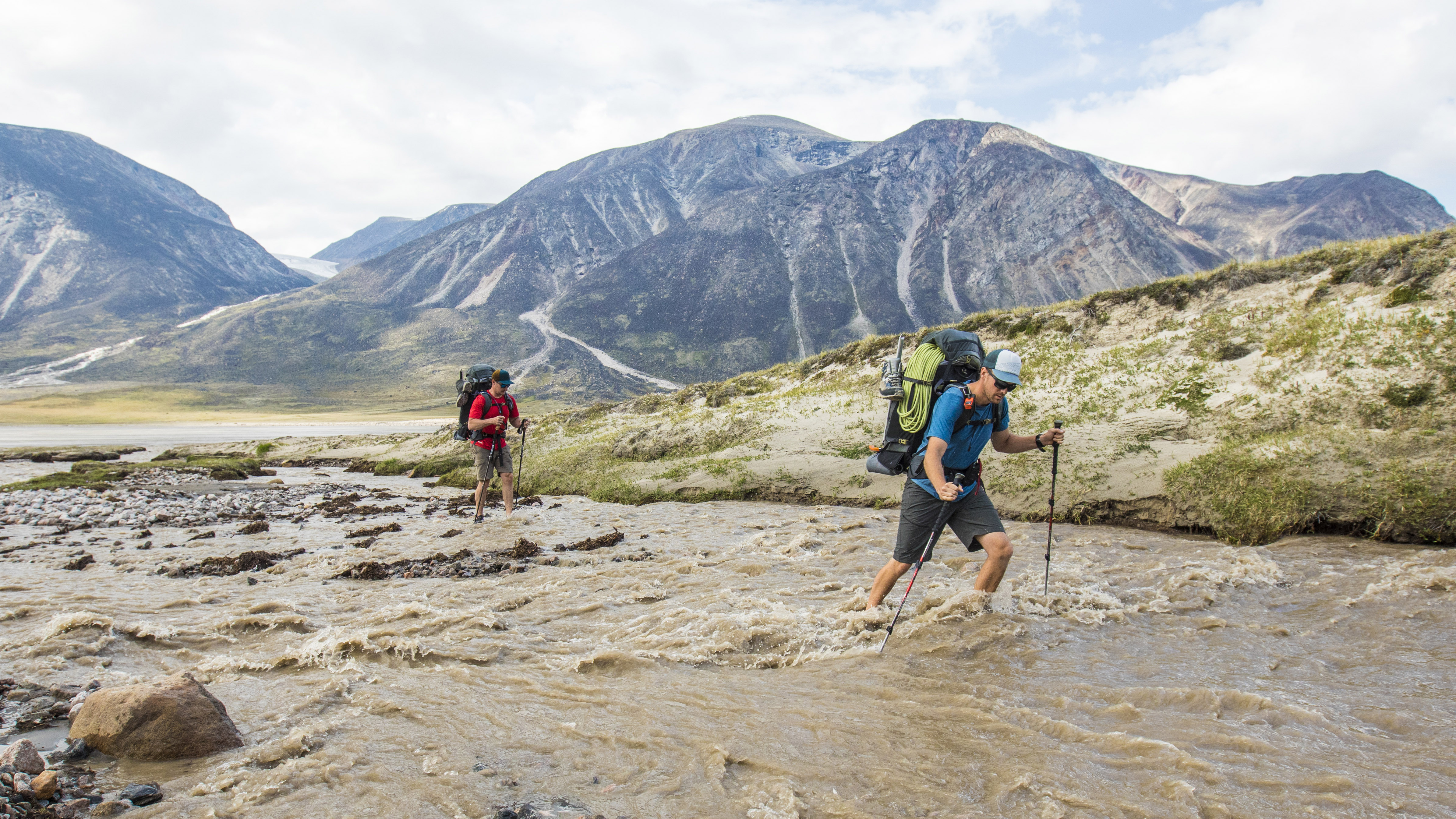
Waterproof hiking shoes: the pros
The main advantage of waterproof hiking shoes is of course that they’re waterproof. If you’re hiking in the rain, they’ll keep your feet dry, however there are some caveats to that which we’ll discuss in the next section. If you come across a bog or a small stream, you can walk through it without breaking your stride or looking for flattened reeds or stepping stones to cross. In damper climates like the UK and the Pacific Northwest, they can prevent your feet from getting wet, which helps to reduce rubbing and blisters.
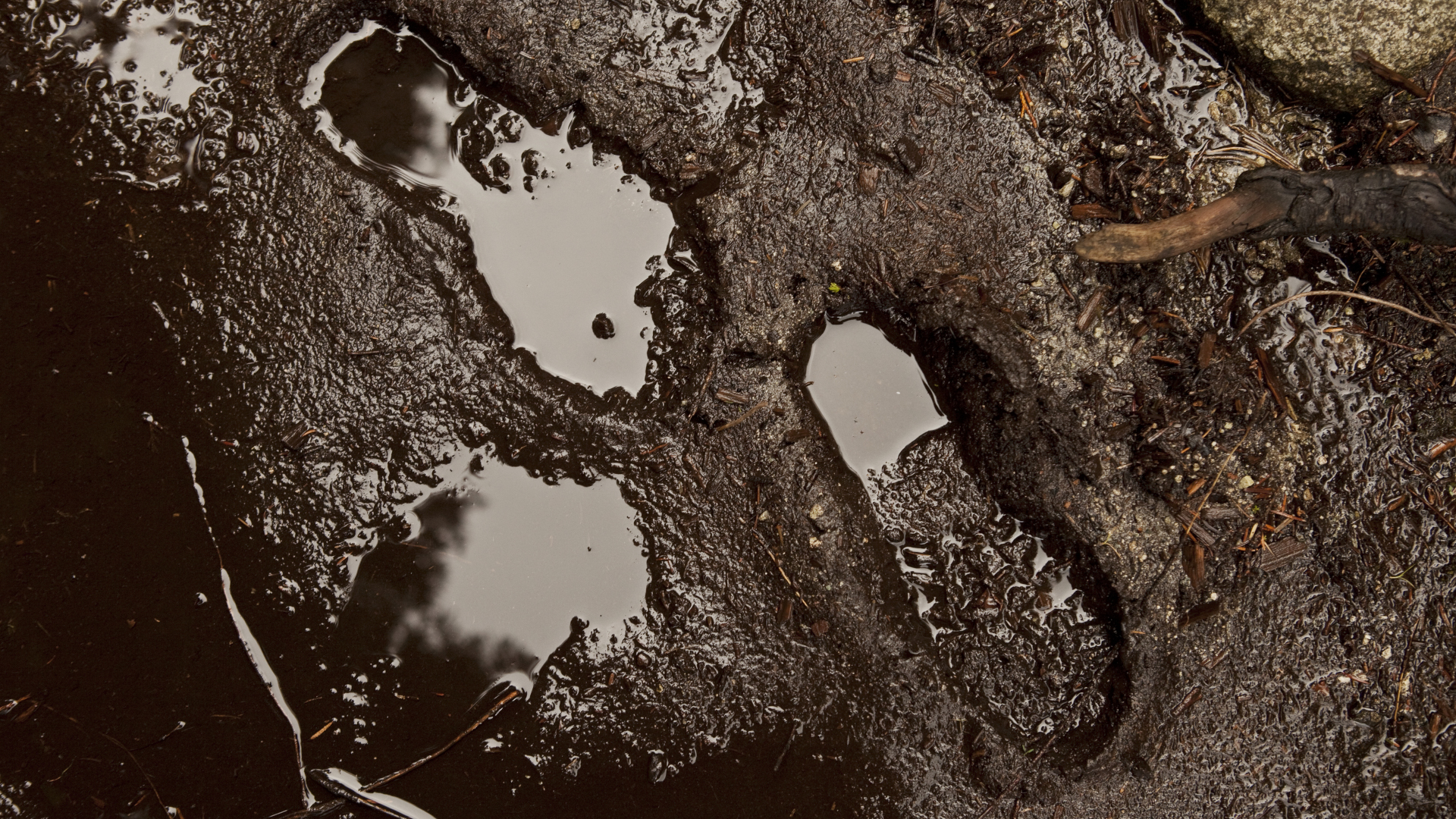
Waterproof hiking shoes: the cons
Unfortunately, the cons of waterproof hiking shoes might sometimes outweigh the benefits, depending on what kind of hiking you’re doing, and where.
1. They’re not as breathable
Though membranes like Gore-Tex are breathable, waterproof hiking shoes aren’t as breathable as non-waterproof versions. That means that even though rainwater can’t get in, sweat also can’t as easily get out, and when I’m hiking in hot weather wearing my Merrell Moab 3 GTX shoes, I definitely notice the difference between them and non-waterproof shoes. Hot, sweaty feet are uncomfortable and can lead to blisters, but I have no problem in my waterproof shoes when the weather is cooler.
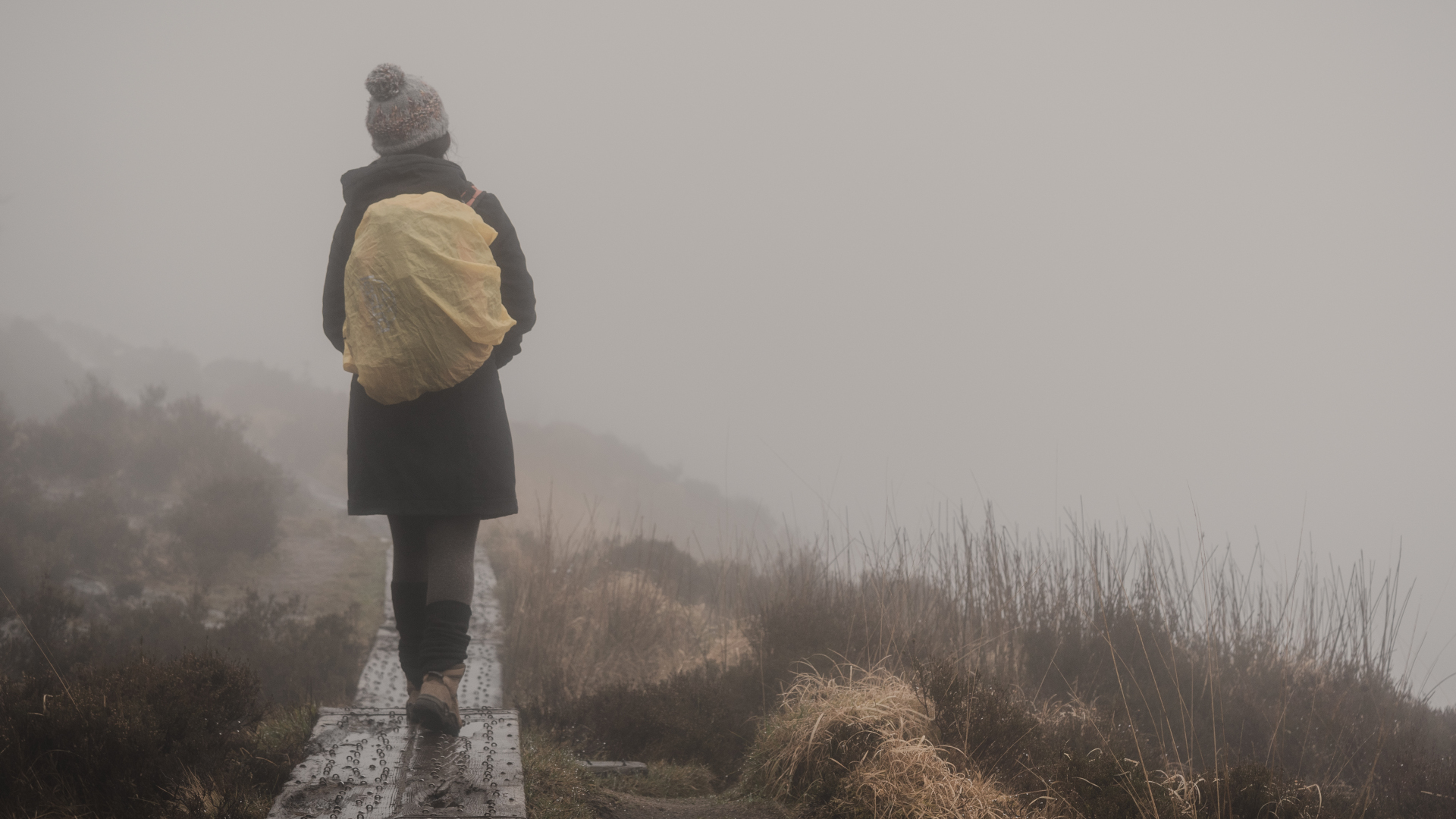
2. They’re heavier and pricier
Because there are more layers to a waterproof hiking shoe, they're typically going to weigh a bit more at the ends of your feet, though it may not be enough to matter. They’ll also be a little more expensive than their non-waterproof counterparts.
Advnture Newsletter
All the latest inspiration, tips and guides to help you plan your next Advnture!
3. They’re not always totally watertight
I own several pairs of waterproof hiking shoes for hiking in Scotland and they are pretty watertight. For example, I’ve stood in a river to test out my Danner Trail 2650 Campo GTX shoes and come out with my feet completely dry. But your waterproof shoes’ watertightness can depend on what else you’re wearing. Last year I went up Pen-y-ghent in Yorkshire in a bit of a gale wearing my aforementioned Danners. I wasn’t wearing rain pants so my hiking pants got soaked. The moisture dripped down to my best hiking socks, which also got drenched. Thus, the insides of my waterproof shoes were wet. In really torrential rain, you’ll want waterproof trousers and gaiters as well as waterproof shoes.
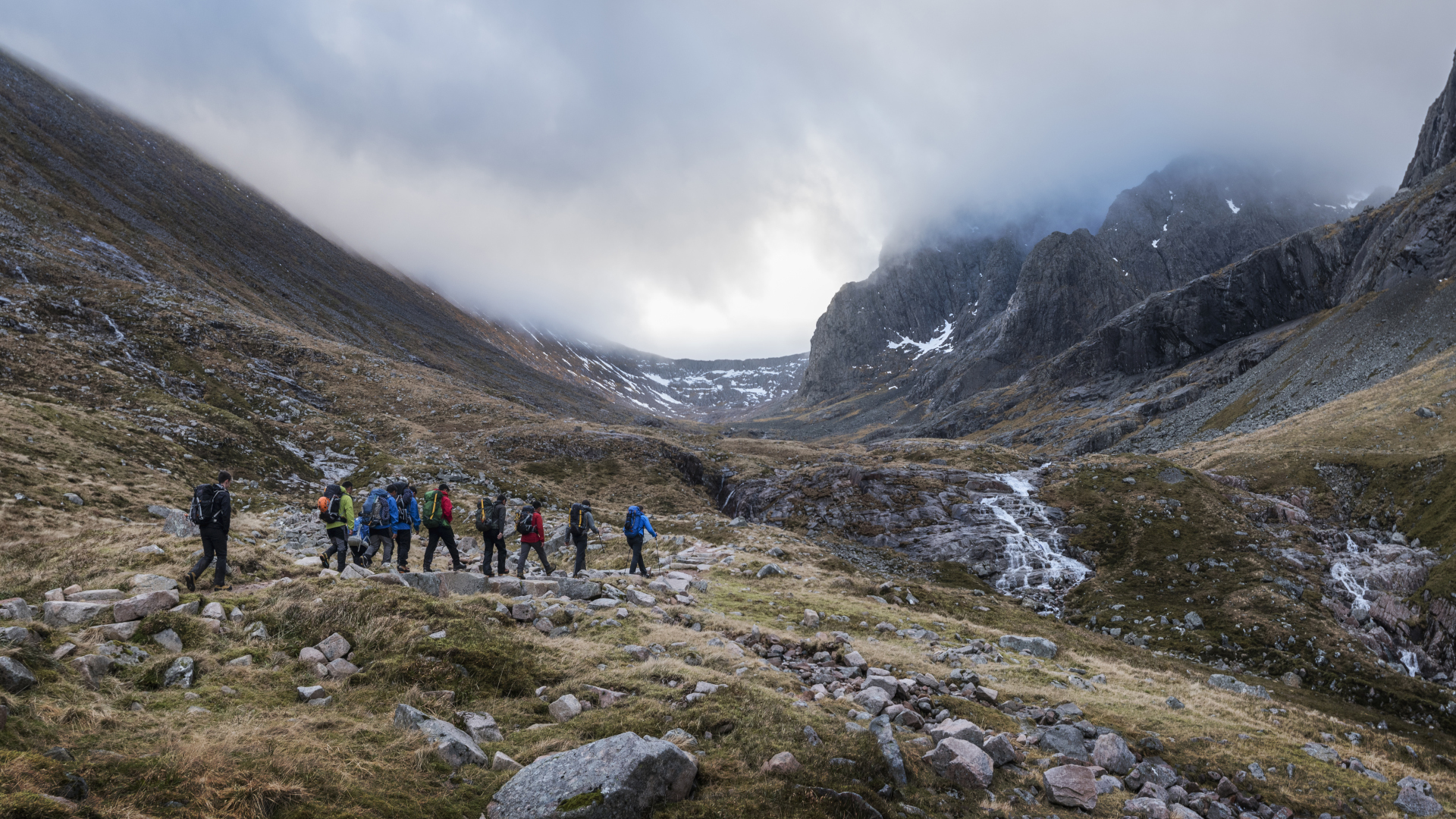
4. They’re not as fast drying
So, both waterproof and non-waterproof shoes can get wet on the inside in the right conditions. Remember we talked about the lack of breathability in non-waterproof shoes? That also means that waterproof hiking shoes will be slower to dry once they get wet, which is a problem if you plan to wear them again the next day. For hikes with frequent stream crossings when you're experiencing warm weather, you could also consider hiking sandals.

Do I need waterproof hiking shoes?
The question of whether or not you need waterproof shoes really depends on where and when you’re going hiking. I find them really useful for hiking a lot of the year in Scotland, where the rain can often be more of a fine mist than a deluge, and bogs year-round and shallow river crossings are common. However, for longer backpacking trips and hot days, I prefer non-waterproof hiking shoes and boots. If you’re going to be hiking in a drier climate, naturally you won’t need them, and if you’re expecting torrential rain or wading, you might actually be happier in the long run with the quick-drying appeal of a non waterproof shoe combined with some gaiters.
Julia Clarke is a staff writer for Advnture.com and the author of the book Restorative Yoga for Beginners. She loves to explore mountains on foot, bike, skis and belay and then recover on the the yoga mat. Julia graduated with a degree in journalism in 2004 and spent eight years working as a radio presenter in Kansas City, Vermont, Boston and New York City before discovering the joys of the Rocky Mountains. She then detoured west to Colorado and enjoyed 11 years teaching yoga in Vail before returning to her hometown of Glasgow, Scotland in 2020 to focus on family and writing.

